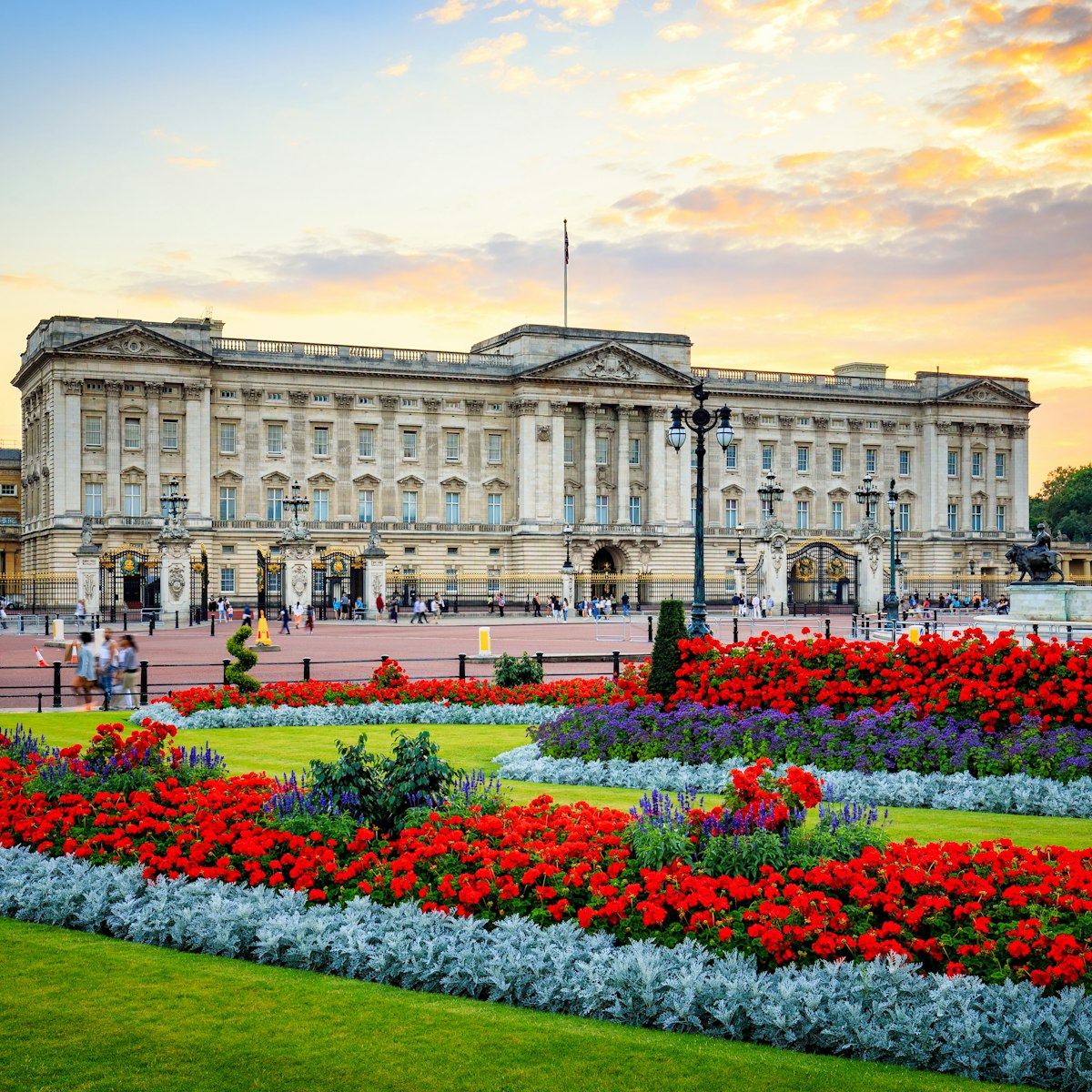Built in what used to be countryside between the City of London and Westminster, St Giles-in-the-Fields isn’t much to look at but its history is a chronicle of London’s most miserable inhabitants. The current structure (1733) is the third to stand on the site of an original chapel built in the 12th century to serve as a hospital for sufferers of Hansen's disease (leprosy).
Until 1547, when the hospital closed, prisoners on their way to be executed at the Tyburn Tree stopped at the church gate and sipped a large cup of soporific ale – their last refreshment – from St Giles’s Bowl. From 1650, the prisoners were buried in the church grounds. It was also within the boundaries of St Giles that the Great Plague of 1665 took hold.
In Victorian times, it was London’s worst slum, often mentioned in Dickens' novels. Today the drug users who hang out around the area make it feel like things haven’t changed much.
An interesting relic in the church (north side) is the plain white pulpit that was used for 40 years by John Wesley, the founder of Methodism.







